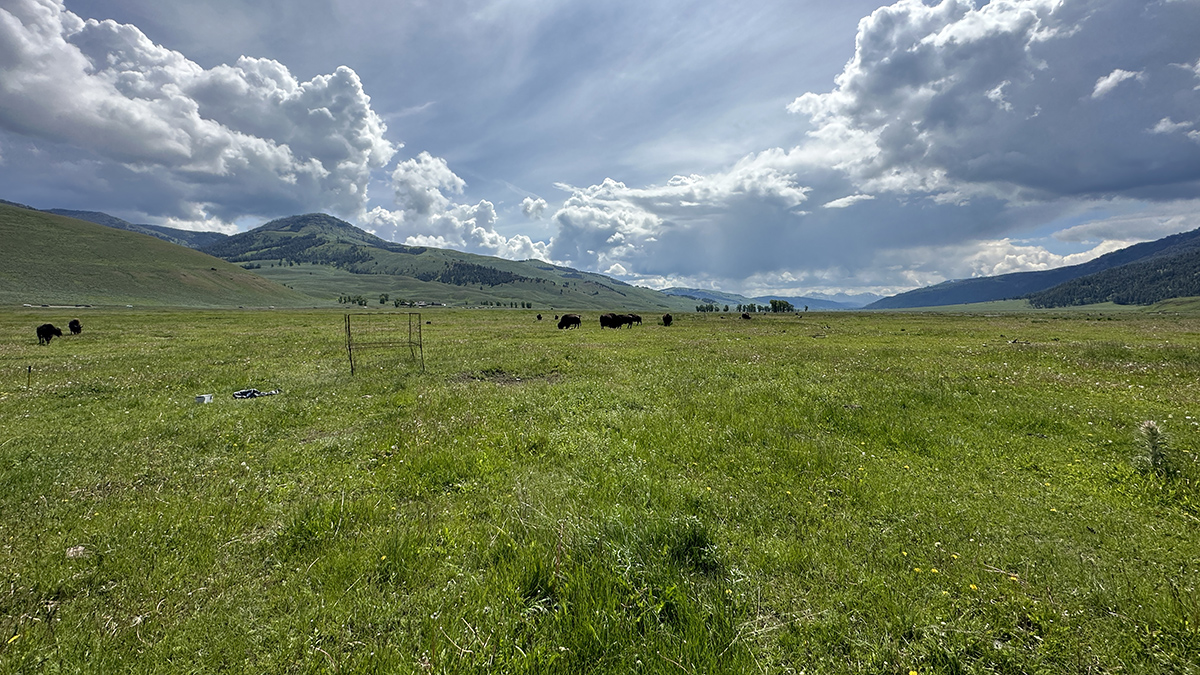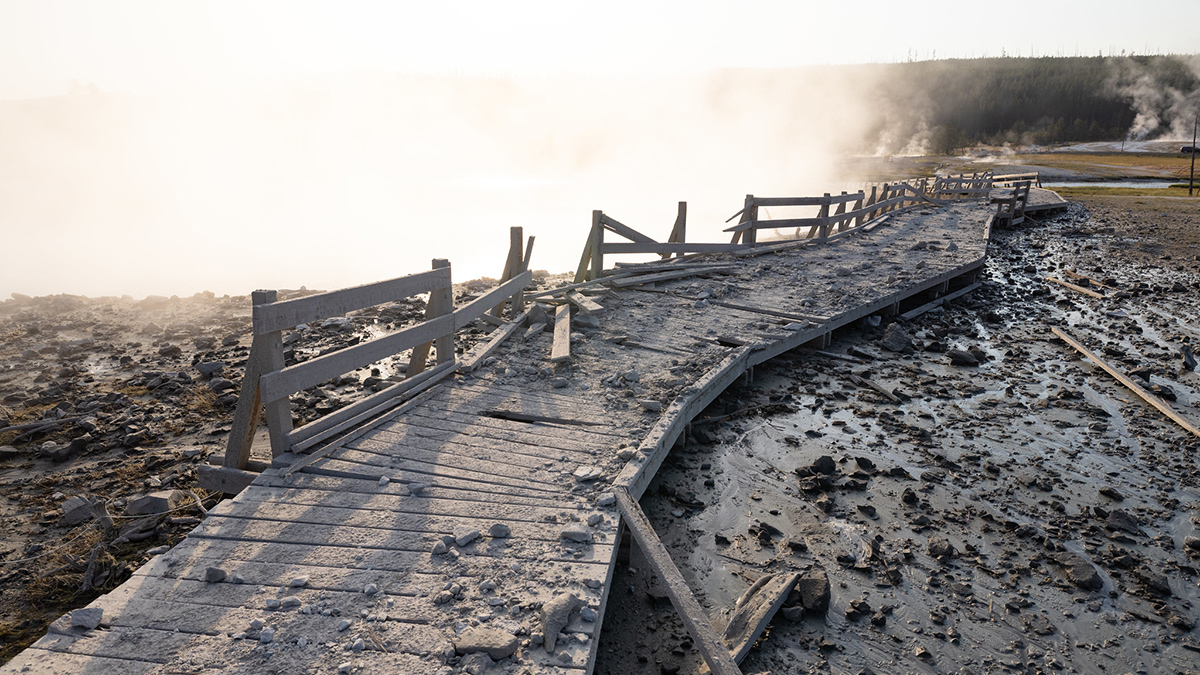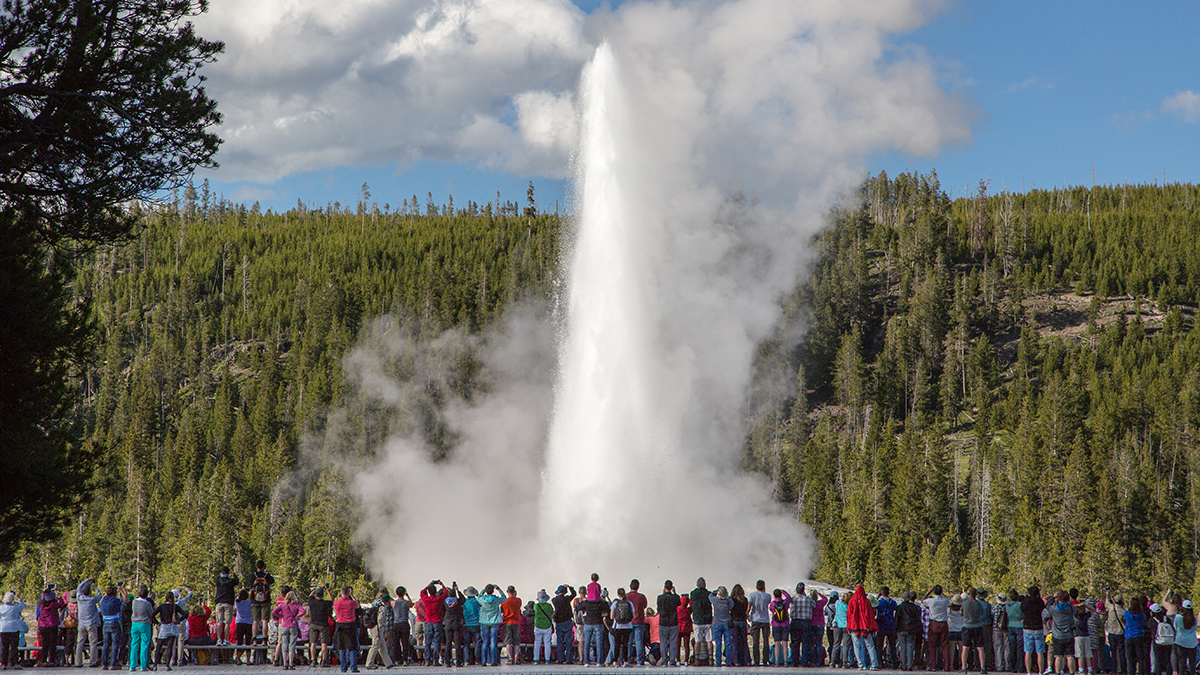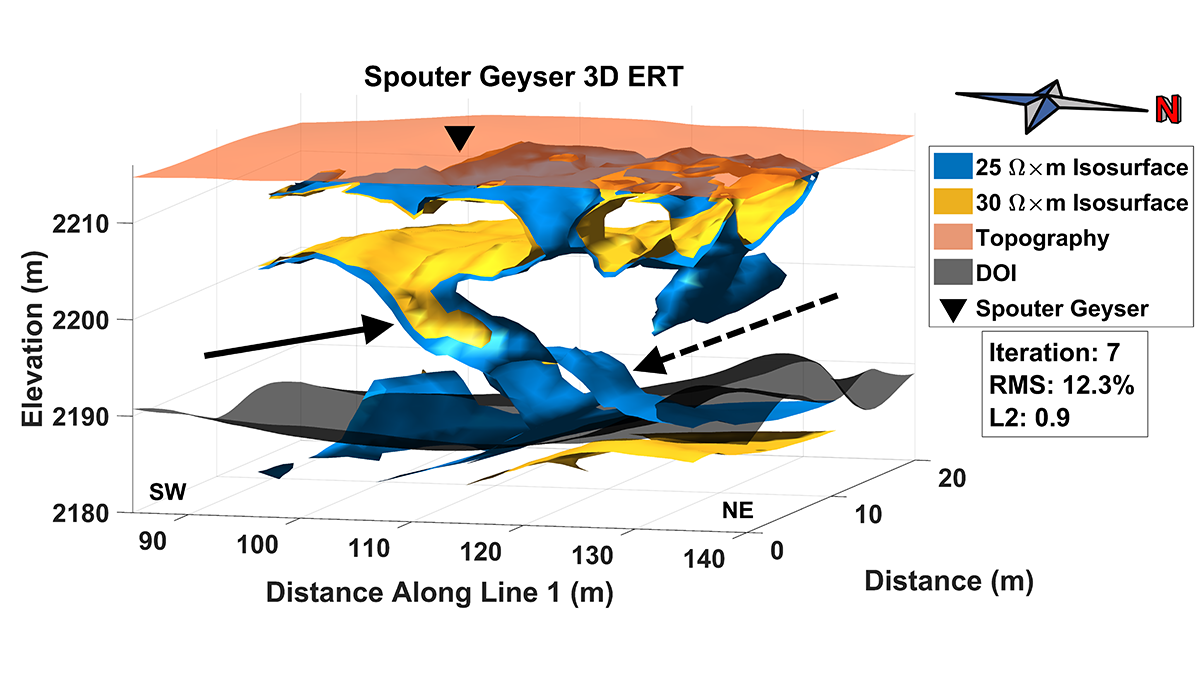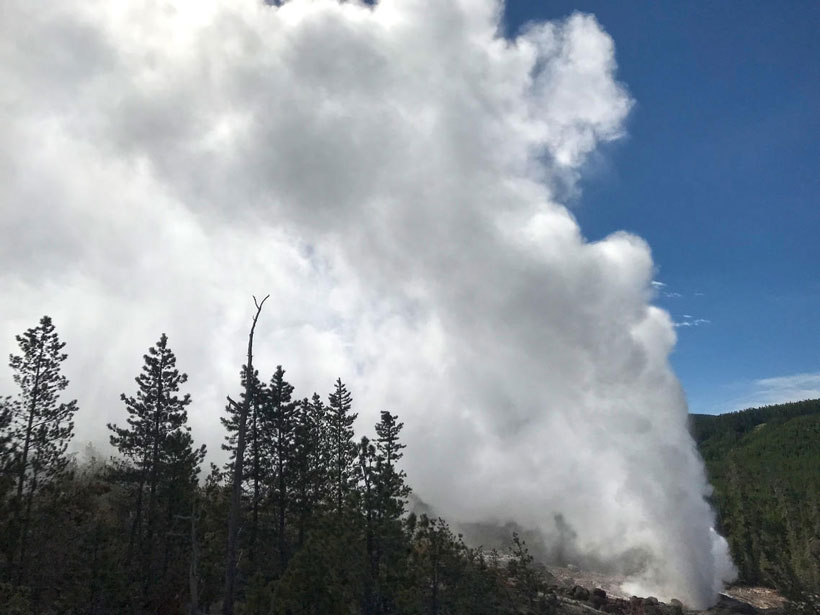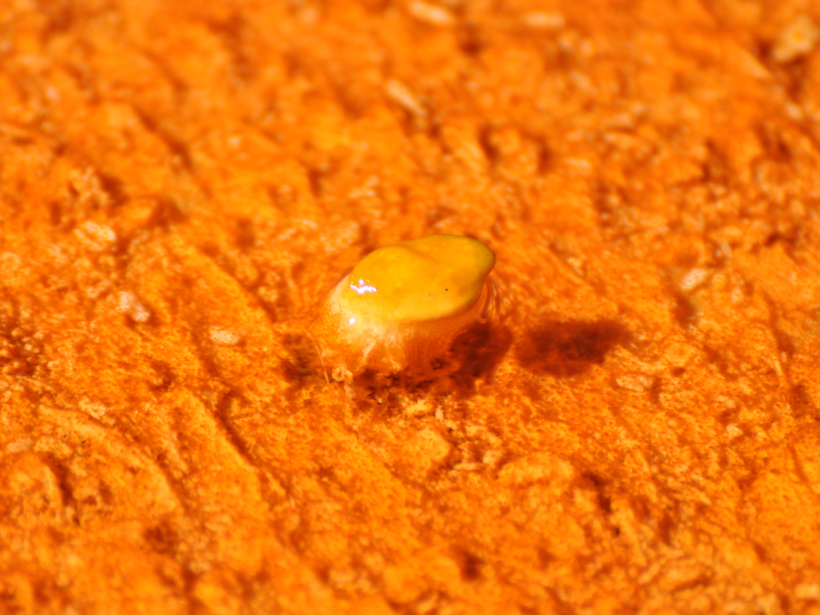A new study suggests that Yellowstone’s herd of bison accelerates nutrient cycling, offering a glimpse into the North American plains of yesteryear.
Yellowstone
Hydrothermal Hazards on Display in Yellowstone National Park
Tourists and officials were startled by a hydrothermal explosion at Black Diamond Pool in July 2024. Geoscientists are working out how and why it occurred to better understand these hazardous events.
Magma Beneath Yellowstone Is Shifting Northeast
Though the volcano’s magma chambers could hold enough material for a caldera-forming event, none of them are likely to erupt soon.
Steamy Bubbles May Control Old Faithful’s Clock
Scientists built a minigeyser to show why the natural wonder’s water surges so violently between eruptions.
Yellowstone Geyser is Diagnosed with Bubble Trap Syndrome
Like humans who eat too many beans, Yellowstone’s Sprouter Geyser has recurrent issues with gas.
Don’t Call It a Supervolcano
Living in Geologic Time: Scientists dismantle the myths of Yellowstone.
Megadrought Caused Yellowstone’s Old Faithful to Run Dry
Scientists studying wood samples preserved by Old Faithful have determined that the famous geyser was dormant for several decades during the 13th century due to a megadrought.
Are Geysers a Signal of Magma Intrusion Under Yellowstone?
Steamboat Geyser, the world’s tallest, is in the midst of one of its largest periods of activity. Is it linked to new magma intruding under the Yellowstone caldera?
Exploring the Restless Floor of Yellowstone Lake
Yellowstone Lake, far from any ocean, hosts underwater hot springs similar to those on mid-ocean ridges. A research team is investigating the processes that drive the lake’s hydrothermal systems.
Studying Yellowstone by Integrating Deep Carbon Science
Second Deep Carbon Observatory Summer School; Yellowstone National Park, Montana and Wyoming, 23–28 July 2016

